What is Gluten?
Gluten is a general name for the proteins found in wheat (wheatberries, durum, emmer, semolina, spelt, farina, farro, graham, KAMUT® khorasan wheat and einkorn), rye, barley and triticale – a cross between wheat and rye. Gluten helps foods maintain their shape, acting as a glue that holds food together. Gluten can be found in many types of foods, even ones that would not be expected.
The Big 3: Wheat, Barley, Rye
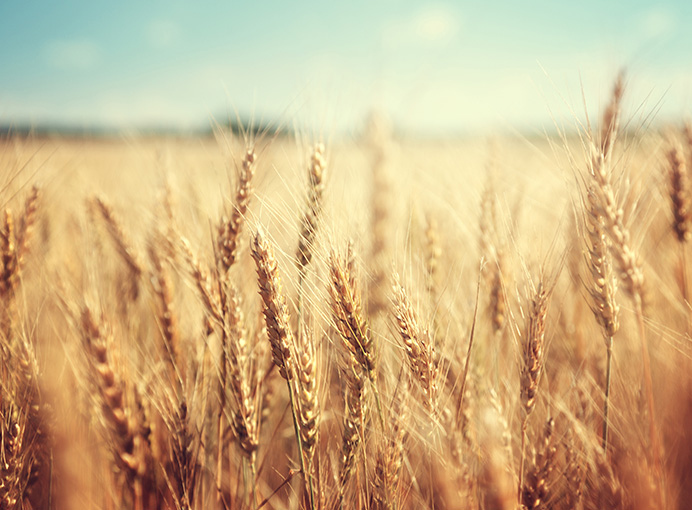
Wheat
Wheat is commonly found in:
- breads
- baked goods
- soups
- pasta
- cereals
- sauces
- salad dressings
- roux
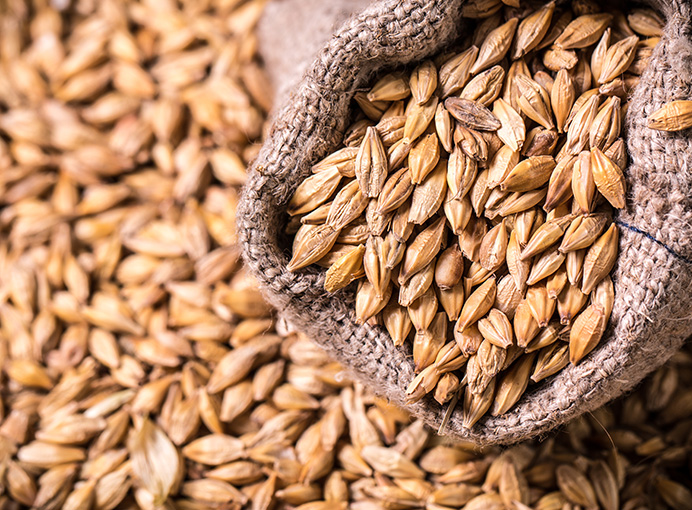
Barley
Barley is commonly found in:
- malt (malted barley flour, malted milk and milkshakes, malt extract, malt syrup, malt flavoring, malt vinegar)
- food coloring
- soups
- beer
- Brewer’s Yeast
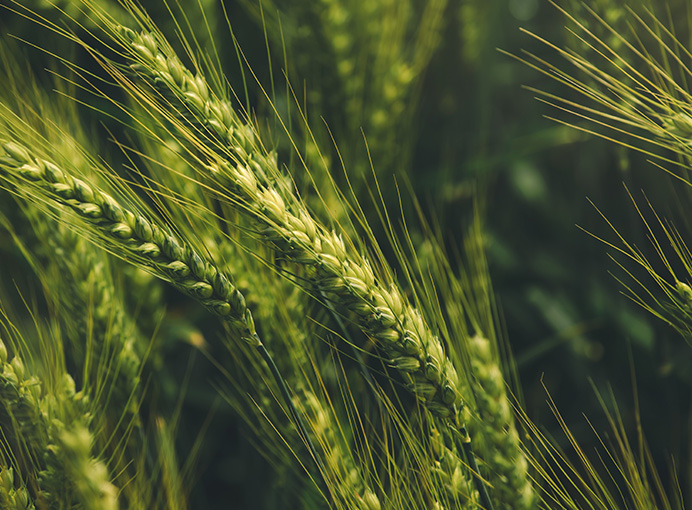
Rye
Rye is commonly found in:
- rye bread, such as pumpernickel
- rye beer
- cereals
Other Grains
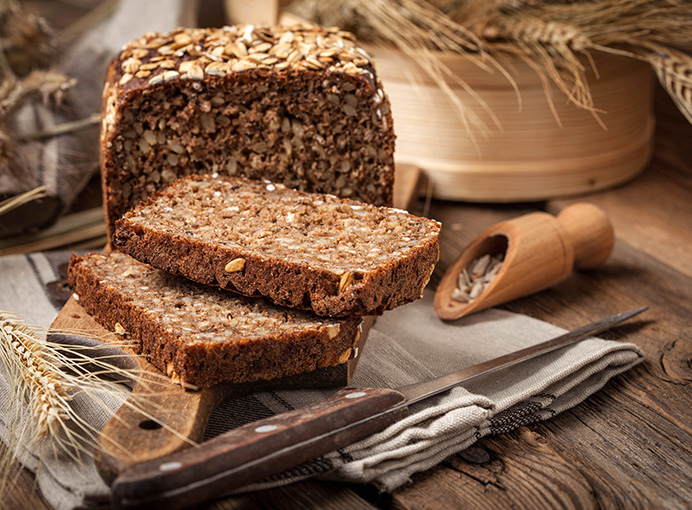
Triticale
Triticale is a newer grain, specifically grown to have a similar quality as wheat, while being tolerant to a variety of growing conditions like rye. It can potentially be found in:
- breads
- pasta
- cereals
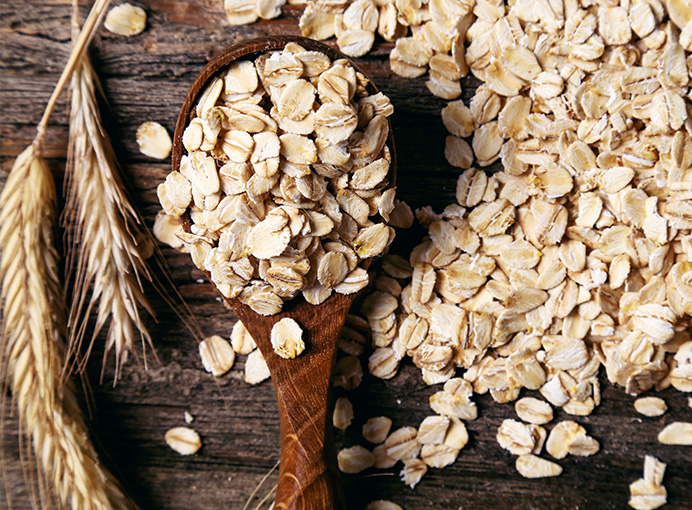
Oats
Oats are found in many gluten-free products, including:
- Granola bars and granola
- Cookies
- Baked goods
- Veggie burgers
- Cereals
Historically there have been concerns about patients with celiac disease eating oats due to cross-contact with gluten and a possible immune response leading to intestinal damage. Although oats themselves do not contain gluten, they are often grown, processed, and transported alongside wheat, barley, and rye, which do. Additionally, some patients with celiac disease report experiencing symptoms similar to a gluten exposure even when eating gluten-free oats.
Despite these concerns, ongoing research continues to suggest that most individuals with celiac disease can tolerate moderate amounts of gluten-free oats without triggering adverse symptoms. And, although the protein in oats (avenin) is similar in structure to the gluten protein, several studies have indicated that pure, uncontaminated oats do not cause an immune response leading to intestinal damage in patients with celiac disease.
When introducing oats into a gluten-free diet, it’s important to pick products that bear a gluten-free label. That label ensures that the product meets the standards of the FDA Gluten-Free Labeling rule and contains less than 20ppm gluten.
There are two ways that oat manufacturers can produce safe gluten-free oats.
- Mechanically or optically sorted oats are sorted by a combination of machines and humans to remove errant gluten-containing grains.
- Purity Protocol oats are manufactured following a set of standards designed by the company to prevent the oats from coming into contact with gluten at all stages of the manufacturing process. It’s important to note that there is no standard definition for purity protocol and the standards vary by company.
Regardless of how the oats are produced, all gluten-free oat products must adhere to the FDA Gluten-Free Food Labeling rule and contain less than 20ppm gluten. A “certification” label is not required, as all products with a “gluten-free” label must adhere to the FDA rule.
